Hi all,
I'm just beginning with BPMN, so please go easy on me...
I've a cenario where i'm trying to map a unique Process, with (for example) four activities where some don't aply to some roles.
Role A- All the activities apply
Role B - only the last two
Role C- All apply, but the first one
I've tried to map it with Lanes, where each lane represents a Role but, I'can't map : 1 activity applys to all or, one activity applys just to one role.
Also tried to map this cenario with tree Process - Process Role A, Process B and so on.. but it doesn't feel right. Mixing Roles with process names
My last cenario is: mapping it with lanes (onde Role-One Lane) , and create occurrences of the activity.
I'm using Oracle BPA: Version ARIs 7.2 sr1Aris
My question is whether there is any better way to model this?
Any thoughts appreciated,



.jpeg)

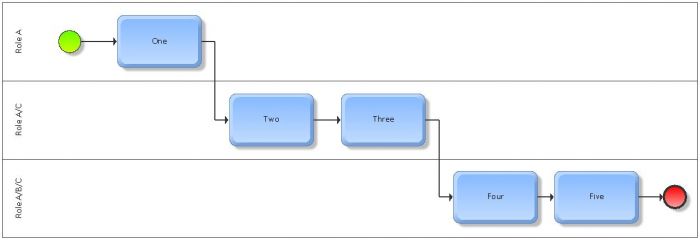


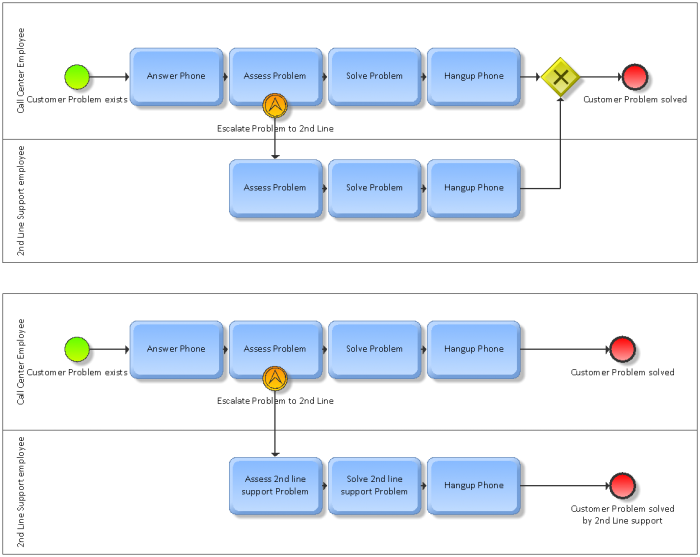
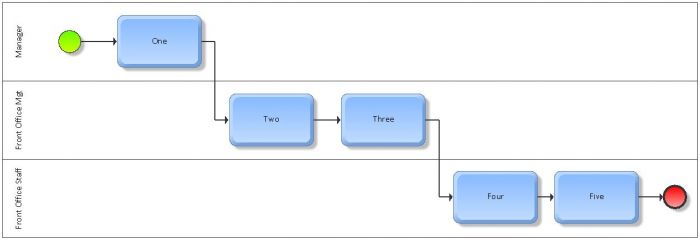

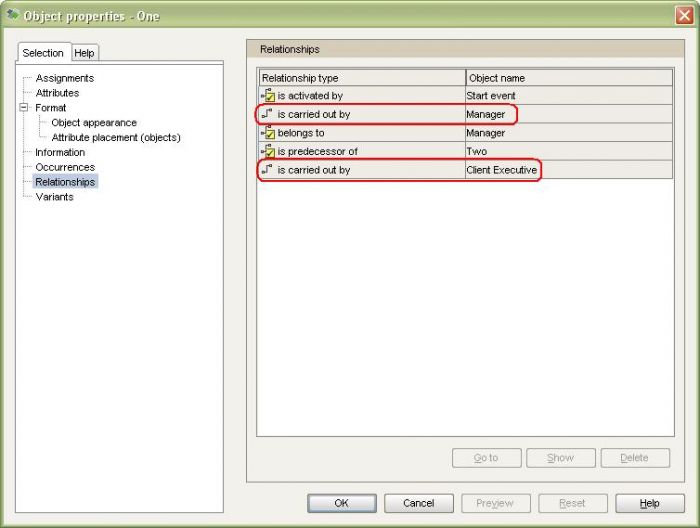
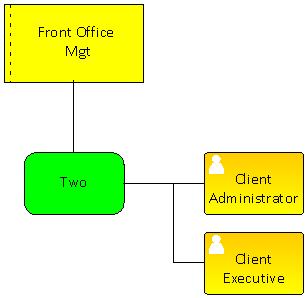

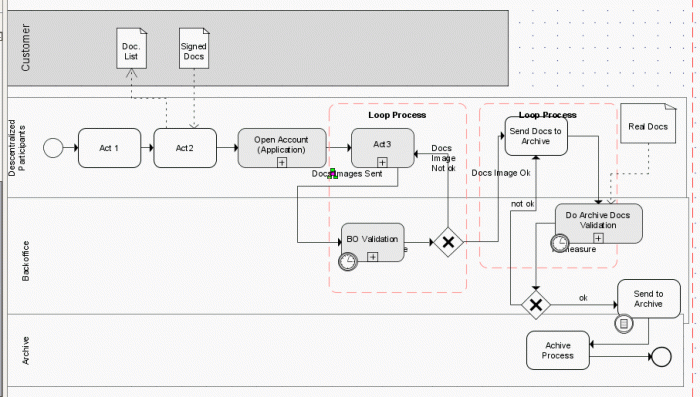



Anthony Horner on
Hi Patricia,
My take would be to generate a generic process which does all the activities and then create variant processes which model the specifics for each process.
This way you do not create individual 'stovepipe' models which can not be compared to each other. However, I'd also wait to see what the experts opine as well.
Salu2